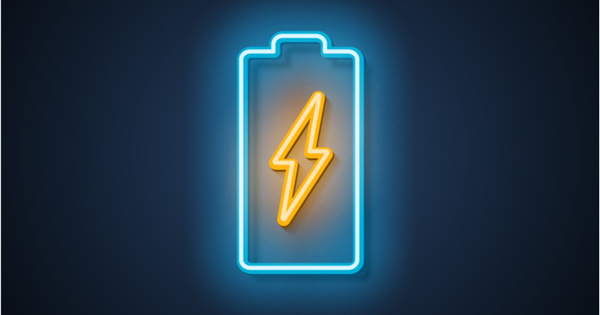Alternative battery technologies have been a topic of intense research and development in recent years, as traditional lithium-ion batteries have limitations such as their cost, limited energy density, and environmental concerns. It is difficult to create batteries that are affordable, efficient, long-lasting, safe, and environmentally friendly all at the same time. Researchers have now successfully combined all of these properties in zinc metal batteries.
The world requires inexpensive and powerful batteries capable of storing sustainably produced electricity from wind or sunlight and allowing us to use it whenever we need it, even when it is dark outside or no wind is blowing. Lithium-ion batteries are the most common type of battery used in smartphones and electric vehicles. These batteries are quite expensive because the global demand for lithium is increasing, and they are also highly flammable.
Water-based Zinc batteries offer a promising alternative to these lithium-ion batteries. An international team of researchers led by ETH Zurich has now devised a strategy that brings key advances to the development of such zinc batteries, making them more powerful, safer, and more environmentally friendly.
With an ideal concentration of acetates, we were able to minimize electrolyte depletion and prevent Zinc dendrites just as well as other scientists previously did with high concentrations of toxic salts. Moreover, with our approach, the batteries can be charged and discharged much faster.
Dario Gomez Vazquez
Durability is a challenge
Zinc batteries have a number of advantages: Zinc is abundant, inexpensive, and has a well-developed recycling infrastructure. Furthermore, zinc batteries can store a significant amount of electricity. Most importantly, zinc batteries do not always require the use of highly flammable organic solvents as the electrolyte fluid; instead, water-based electrolytes can be used.
If only there weren’t so many obstacles to overcome when developing these batteries: when zinc batteries are charged at high voltage, the water in the electrolyte fluid reacts on one of the electrodes to form hydrogen gas. When this occurs, the electrolyte fluid depletes and battery performance suffers. Furthermore, this reaction causes dangerously high pressure to build up in the battery. Another issue is the formation of spikey zinc deposits known as dendrites during battery charging, which can pierce through the battery and, in the worst-case scenario, cause a short circuit and render the battery unusable.

Salts make batteries toxic
Engineers have pursued the strategy of enriching the aqueous liquid electrolyte with salts in recent years in order to keep the water content as low as possible. However, there are some drawbacks to this: It makes the electrolyte fluid viscous, which significantly slows down the charging and discharging processes. Furthermore, many of the salts used contain fluorine, which makes them toxic and hazardous to the environment.
Maria Lukatskaya, Professor of Electrochemical Energy Systems at ETH Zurich, has now collaborated with colleagues from various research institutions in the United States and Switzerland to systematically search for the optimal salt concentration for water-based zinc-ion batteries. Using experiments and computer simulations, the researchers discovered that the ideal salt concentration is not the highest possible, as previously assumed, but a relatively low one: five to ten water molecules per salt’s positive ion.
Long-lasting performance and fast charging
Furthermore, the researchers avoided using any environmentally harmful salts in their improvements, instead opting for environmentally friendly acetic acid salts known as acetates. “With an ideal concentration of acetates, we were able to minimise electrolyte depletion and prevent Zinc dendrites just as well as other scientists previously did with high concentrations of toxic salts,” says Dario Gomez Vazquez, the study’s lead author and a doctoral student in Lukatskaya’s group. “Moreover, with our approach, the batteries can be charged and discharged much faster.”
So far, the ETH researchers have tested their new battery strategy on a relatively small laboratory scale. The next step will be to scale up the approach and see if it can also be translated for large batteries. Ideally, these might one day be used as storage units in the power grid to compensate for fluctuations, say, or in the basements of single-family homes to allow solar power produced during the day to be used in the evening.
















